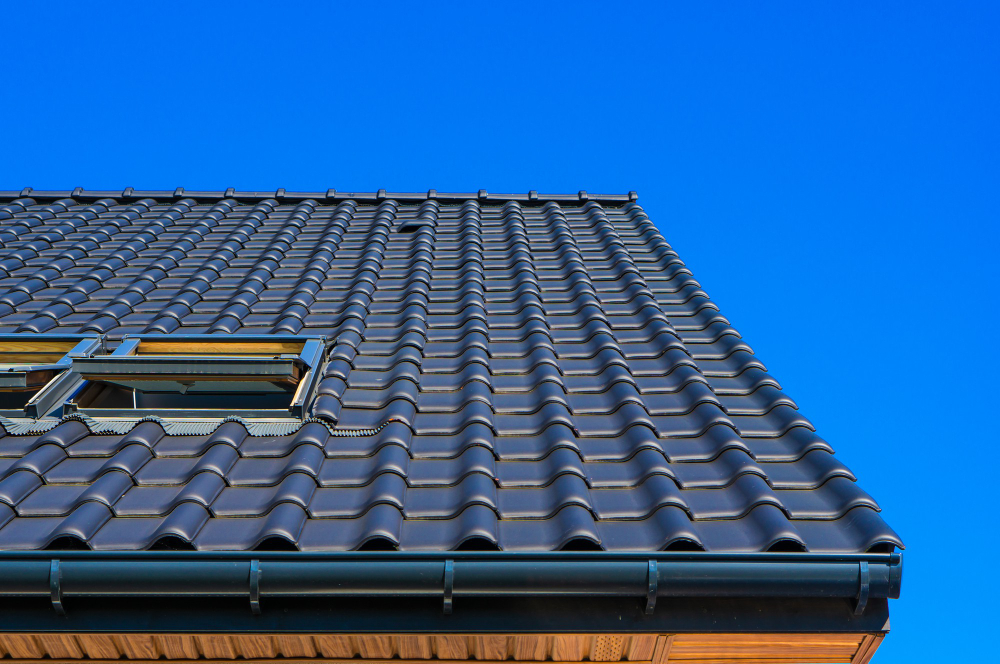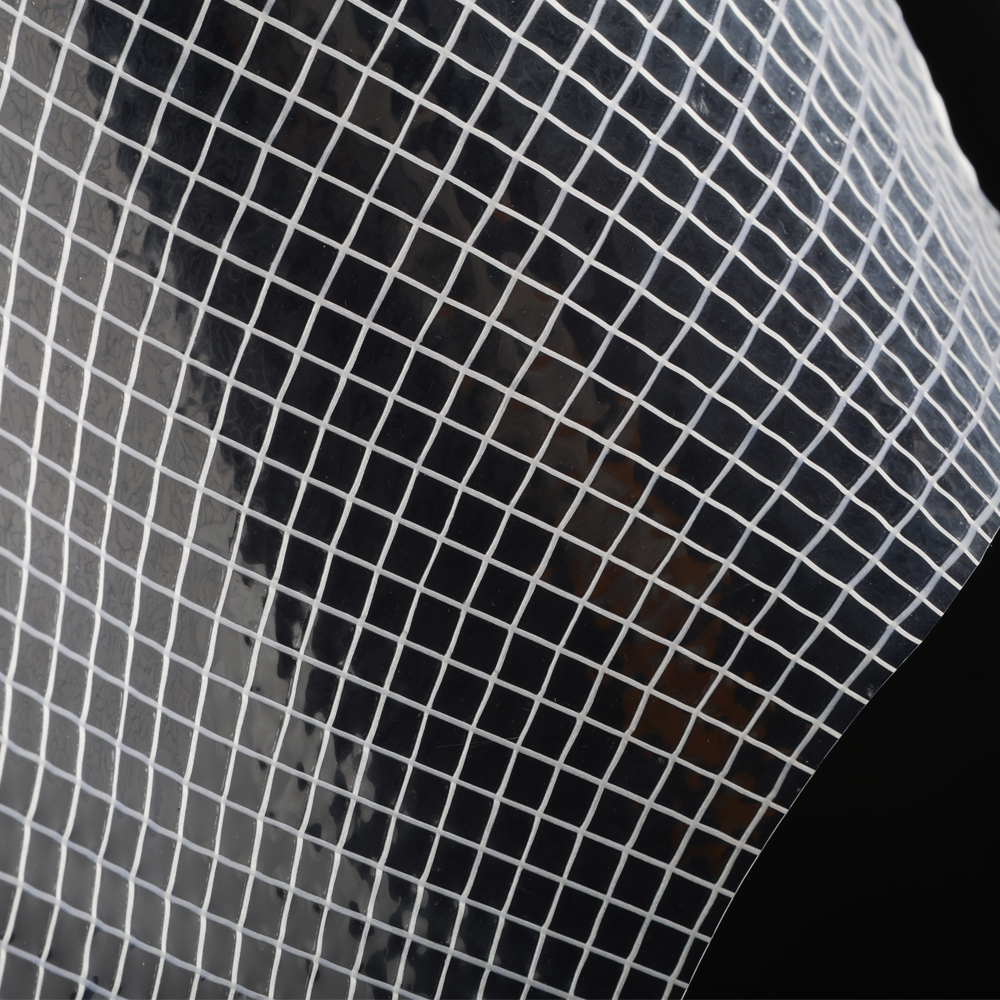From roofing materials to medical gowns, a special kind of fabric provides hidden strength and reliability. This material is reinforced non-woven fabric – a sheet of fibers bonded together that is strengthened with an embedded mesh of fiberglass or polyester. The result combines the lightweight flexibility of a non-woven with the robust support of a mesh reinforcement. This combination is significant because it overcomes a key limitation of ordinary non-woven fabrics by giving them a skeleton of strong fibers. In fact, such reinforced non-wovens show up in diverse places – they are used in filtration media, packaging materials, cable wraps, automotive interiors, construction membranes, and more. In this article, we will explain how is this particular product reinforces materials from road repairs all the way to medical tissue.

What is Nonwoven-Fabrics?
Non-woven fabric is a fabric-like material made by bonding fibers together into sheets rather than weaving or knitting threads. These materials can be engineered with various properties: they are often lightweight, flexible, and can be made absorbent or water-resistant as needed. Non-wovens are commonly found in items like disposable wipes, filters, or medical drapes. However, a typical non-woven by itself does not have the woven cloth’s strength – it may tear more easily or stretch out of shape under stress because the fibers lack an internal grid structure. For many disposable or low-stress uses this is fine, but for more demanding applications, the limited strength and durability of plain non-woven fabric can be a drawback.
How Mesh Reinforcement Enhances Perormance

To boost strength, manufacturers reinforce non-woven fabric with a mesh of fiberglass or polyester. A scrim is a thin, open-weave netting of strong fibers that can be laminated or integrated into the non-woven layer. Again, this mesh acts like a skeleton, carrying loads and preventing the non-woven from stretching or tearing. The fiberglass or polyester yarns crisscross the material, lending their high tensile strength to the fabric without adding much weight. In essence, the mesh holds the non-woven together when forces are applied, stopping small tears from growing and keeping the fabric dimensionally stable. The reinforcement basically marries the best qualities of two materials: the non-woven contributes flexibility and coverage, while the fiberglass/polyester mesh contributes strength and shape retention.
It also includes various key improved properties beginning with high tensile strength and tear resistance. The embedded mesh greatly increases the force required to pull the fabric apart or rip it. The scrim’s fibers take on tension in both directions, preventing tears from propagating. Following with its unique dimensional stability. Reinforcement helps the fabric hold its shape under stress and through temperature changes. For instance, fiberglass has virtually no thermal expansion, so a fiberglass-mesh-reinforced sheet will not shrink or warp with heat . This is critical for applications like roofing that face hot sun or cold winters.

The very combination also withstands repeated stress, bending, and even punctures better than a plain non-woven. The mesh distributes forces over a larger area, improving resistance to wear and cyclic loading. Importantly, the mesh adds strength without a large weight penalty. The open grid of scrim contributes minimal extra mass while dramatically boosting stability. The fabric remains relatively light and flexible, which is great for handling and installation. And lastly, both fiberglass and polyester are materials that resist moisture, chemicals, and rot. Fiberglass will not corrode or degrade, even when embedded in asphalt or exposed to water, so it can reinforce fabrics used outdoors or in wet environments . Polyester is also mold-resistant and does not deteriorate easily. This means reinforced non-wovens maintain their integrity longer in challenging conditions.
With these enhanced properties, reinforced non-woven fabrics become suitable for many practical uses that unreinforced non-wovens could not handle.Reinforced non-woven fabrics truly combine the best of both worlds. They retain the adaptability, light weight, and cost-effectiveness of traditional non-wovens, while the fiberglass or polyester mesh imparts the strength, durability, and stability of a much sturdier textile. This synergy has opened up countless practical applications – making our buildings more resilient, our vehicles lighter and quieter, our medical supplies safer, and our everyday products tougher.

The innovation of integrating a mesh reinforcement has turned simple fiber webs into high-performance materials. As technology advances, we can expect to see even more creative uses of non-woven fabric reinforced with fiber mesh, delivering strong-yet-light solutions in industries old and new. It’s a powerful reminder that sometimes, a little hidden reinforcement can make a material vastly more capable – enabling modern life in ways we hardly notice, but would definitely miss if it were gone.
